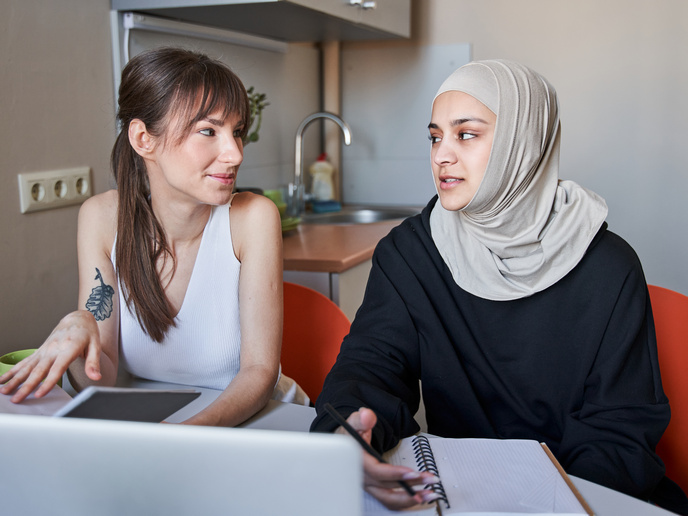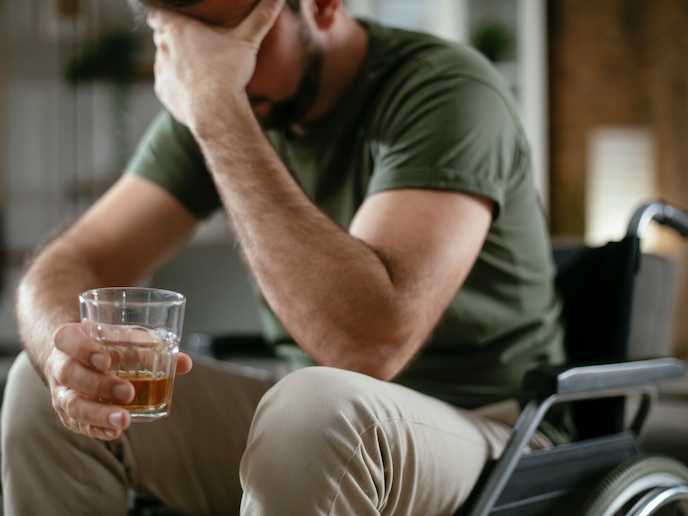Looking to the past: Docutube helps teens think, reflect and discuss religion
Many European narratives feature conflicts between religion and society. Understanding these narratives can promote religious coexistence, diffuse radicalisation and support inclusive and reflective European societies – a goal of the EU. The EU-funded RETOPEA project, which used primary source materials to create a didactic methodology targeting teens, addresses this goal.
Learning with history supports tolerance of religious diversity
According to project coordinator Patrick Pasture: “Our aim was to address the issue of religious diversity through the learning with history approach, a concept that invites young people to think critically about the past and present by reflectively engaging with primary sources.” RETOPEA used this approach to develop a didactic tool for stimulating toleration and peaceful coexistence among young people. The project also adapted it to formulate conclusions and advice for policymakers, especially for those who are engaged in interconvictional dialogue(opens in new window).
Docutubes and clippings
RETOPEA developed an educational toolkit for formal and informal educational settings, available in several languages on the website. Young people were asked to make a short documentary called a docutube about religious toleration and coexistence. As part of the toolkit, an extensive collection of clippings(opens in new window), including images and extracts from peace treaties, served as a starting point for discussion and inclusion in the docutubes. The result provides young people with a safe space to reflect and discuss their experiences, increases their historical and religious literacy and develops their media skills. Open University has also developed a badged open course(opens in new window) to teach educators how to work with the methodology.
Amplifying the RETOPEA methodology
Helping teens reflect on and communicate about religion and culture has gained traction with educators. Euroclio, the main association in Europe for civics educators and history teachers, promotes the project’s methodology on its website(opens in new window). Project partners have promoted RETOPEA’s work in a variety of settings. A grant from Culham St Gabriel’s(opens in new window) supports continued testing among interfaith groups in Northern Ireland and elsewhere. Presentations to agencies in Jordan and Oman have extended the project’s reach in the Middle East, and institutions in Canada and the United States have also expressed interest. The project has published one book on Religious Diversity in Europe: Mediating the Past to the Young(opens in new window) (London: Bloomsbury) and another on the use of clippings and docutubes is in production, further amplifying RETOPEA’s message. The methodology is being adopted by various organisations and in diverse contexts. In one example, clippings will be used in a pilot project in Germany to provide a digital training course for social workers.
Promoting religious tolerance early on
RETOPEA found that young people are interested in talking about religion but feel like there is not much opportunity to do so. Pasture says: “Making space for that is really necessary. Young people are often very wary about public discourse and the way religion is portrayed in the media.” While the project has captured the interest and leveraged the skills of teenagers, efforts to extend the approach to younger children has proved challenging. Project partners emphasise that to optimise the impact of the methodology, educators need to provide adequate time and space. Overall, the project’s approach paves the way for teenagers to think about religious cohabitation in a more nuanced, empathetic way. Pasture concludes: “RETOPEA thus contributes to preventing radicalisation, improving ways of dealing with interconvictional conflict and promoting a more harmonious society.”







